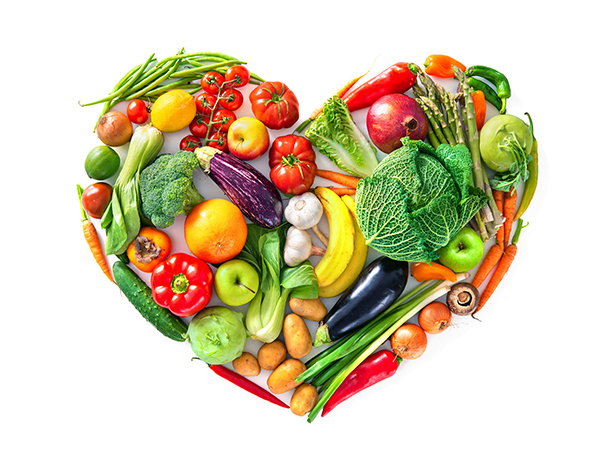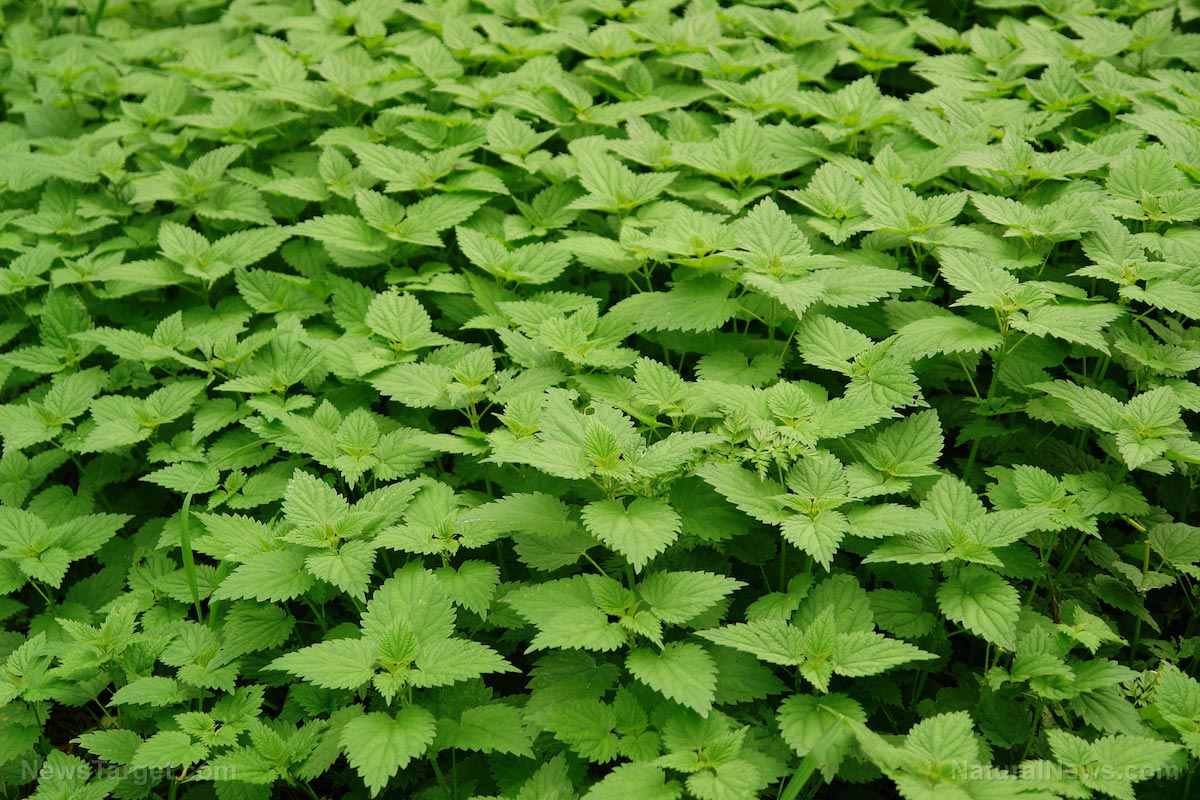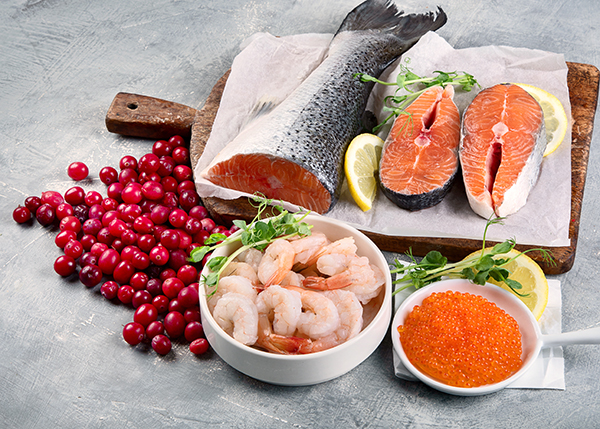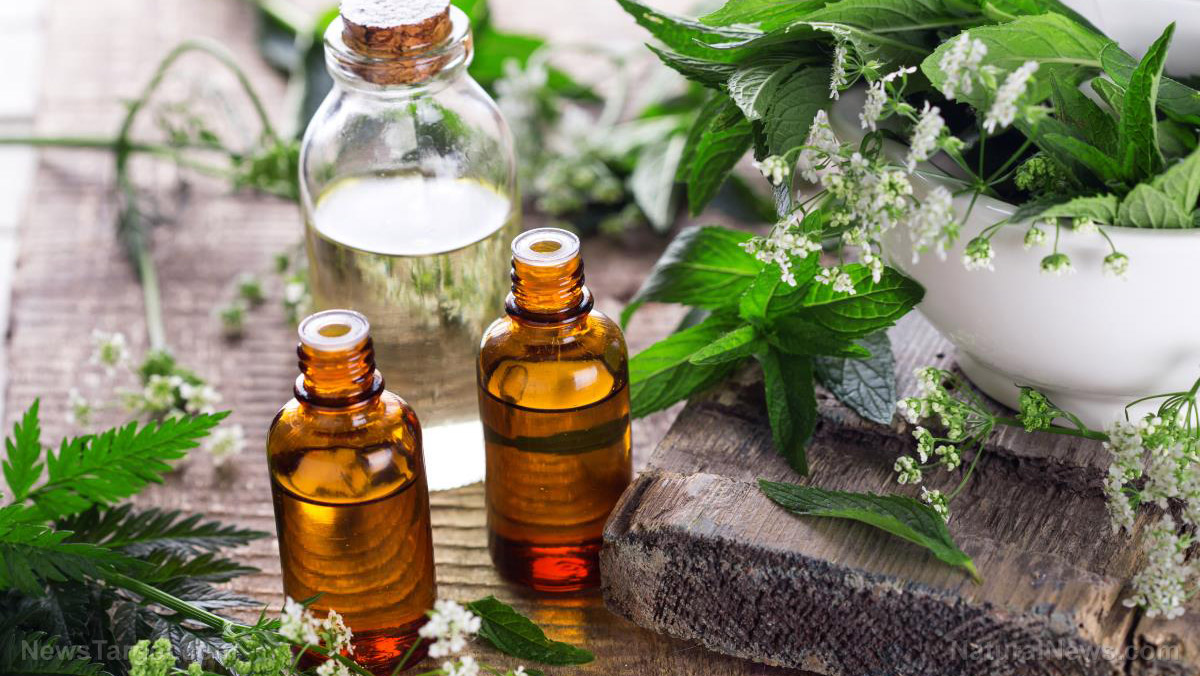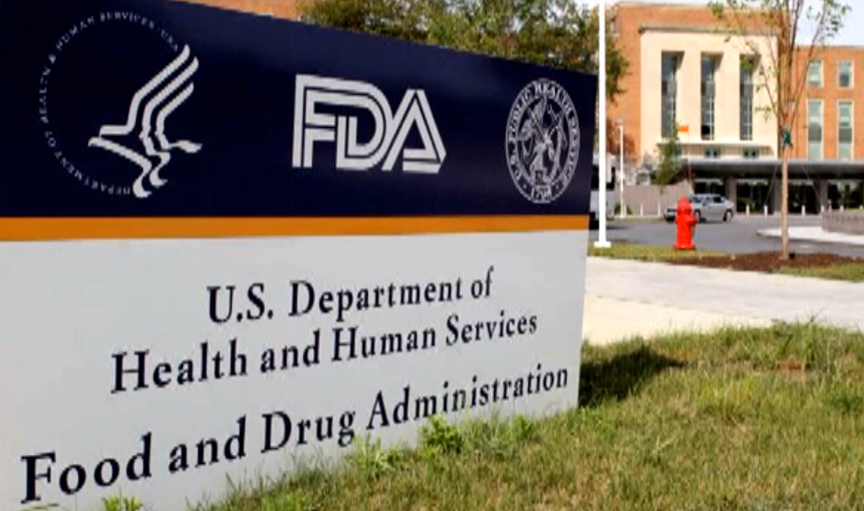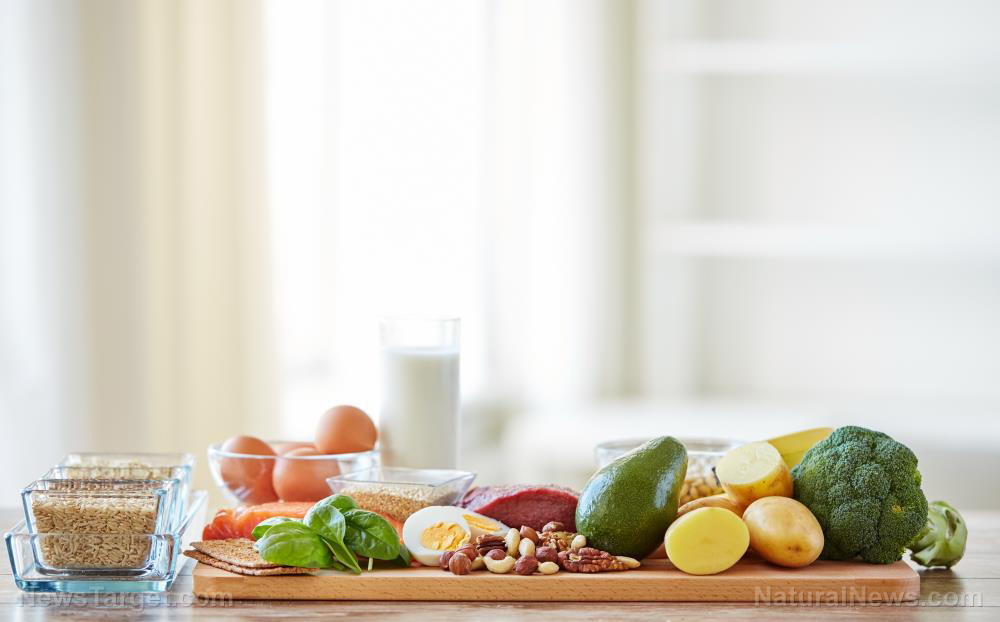Unlocking the power of polyphenols: A new frontier in disease prevention and treatment
05/16/2025 / By Belle Carter

- The book highlights the increasing interest in polyphenols, naturally occurring compounds found in fruits, vegetables and beverages like wine and tea, which are being studied for their potential to combat various human diseases.
- Polyphenols, particularly those in red wine (e.g., resveratrol) and cranberry juice, are linked to improved heart health. They may reduce the risk of cardiovascular diseases by enhancing endothelial function, inhibiting platelet aggregation and reducing inflammation.
- The book explores how polyphenols, including resveratrol and curcumin, can interfere with cancer development. These compounds have been shown to inhibit cancer cell growth and induce apoptosis, suggesting a significant role in both cancer prevention and treatment.
- Polyphenols, such as curcumin, exhibit potent anti-inflammatory and antioxidant properties. They can modulate the immune system, reduce inflammation and alleviate symptoms of arthritis, making them promising for treating inflammatory conditions.
- The book discusses how polyphenols influence gut microbiota, promoting beneficial bacteria and potentially preventing gastrointestinal diseases. Additionally, they offer benefits for skin health, diabetes and neurodegenerative diseases, with compounds like EGCG in green tea protecting against UV damage and improving insulin sensitivity.
In the ever-evolving landscape of health and nutrition, a quiet revolution is underway, centered around a group of compounds known as polyphenols. These naturally occurring phytochemicals, abundant in fruits, vegetables, herbs and beverages like wine and tea, are capturing the attention of researchers and health enthusiasts alike for their potential to combat a myriad of human diseases.
The recently released second edition of the book “Polyphenols: Prevention and Treatment of Human Disease,” edited by Ronald Ross Watson, Victor Preedy and Sherma Zibadi, delves deep into this burgeoning field, offering a comprehensive exploration of the latest research on these remarkable compounds.
The book, which boasts 60 percent new topics and extensively revised content, is a testament to the growing body of evidence supporting the health benefits of polyphenols. As the editors and contributors unravel the complexities of these compounds, they reveal a world of potential that extends far beyond their antioxidant properties.
One of the most compelling areas of research highlighted in the book is the role of polyphenols in cardiovascular health. Section II of the book examines how these compounds can contribute to a healthy heart. The so-called “French Paradox” – the observation that the French have a relatively low incidence of coronary heart disease despite a diet rich in saturated fats – has been partially attributed to the polyphenols found in red wine, particularly resveratrol. Studies have shown that moderate wine consumption is associated with a reduced risk of cardiovascular diseases, suggesting that the polyphenols in wine may play a crucial role in this phenomenon.
But it’s not just wine that offers heart health benefits. Cranberry juice, for example, has been found to improve endothelial function, which is essential for maintaining healthy blood vessels. The book highlights how cranberry polyphenols can inhibit platelet aggregation and reduce inflammation, both of which are key factors in preventing heart disease.
Section III of the book delves into the role of polyphenols in cancer prevention and treatment. Polyphenols have been shown to interfere with various stages of cancer development, from initiation to progression. Resveratrol, found in grapes and red wine, has been studied for its ability to inhibit the growth of cancer cells and induce apoptosis, or programmed cell death, in various types of cancer, including lung, breast and prostate cancer.
The book also explores the potential of other polyphenols, such as curcumin, the active ingredient in turmeric, which has been shown to have anti-cancer properties. These findings suggest that polyphenols could play a significant role in both preventing and treating cancer.
Polyphenols are not only beneficial for heart health and cancer prevention; they also have a profound impact on inflammation, immune function and arthritis. Section IV of the book discusses how these compounds can modulate the immune system, reduce inflammation and alleviate symptoms of arthritis. Curcumin, for instance, has been shown to have potent anti-inflammatory and antioxidant properties, making it a promising candidate for treating inflammatory conditions like rheumatoid arthritis.
The gastrointestinal benefits of polyphenols are explored in Section V of the book. These compounds can influence the gut microbiota, promoting the growth of beneficial bacteria and inhibiting harmful ones. This is particularly important for maintaining a healthy digestive system and preventing conditions like ulcerative colitis, inflammatory bowel disease and Crohn’s disease.
Moreover, the book delves into the role of polyphenols in skin health, diabetes and neurodegenerative diseases. Polyphenols like EGCG, found in green tea, have been shown to protect the skin from UV damage and reduce the risk of skin cancer. They can also improve insulin sensitivity and reduce the risk of type 2 diabetes.
In conclusion, “Polyphenols: Prevention and Treatment of Human Disease” offers a comprehensive and insightful look into the world of polyphenols. These natural compounds, with their wide range of health benefits, hold great promise for the future of medicine. While more research is needed to fully understand their mechanisms of action and optimal use, incorporating polyphenol-rich foods into your diet is a simple and delicious way to boost your health. As the editors and contributors of the book remind us, the journey to unlocking the full potential of polyphenols is just beginning, and the possibilities are as vast as they are exciting.
Learn more about polyphenols by watching the video below.
This video is from the BrightLearn channel on Brighteon.com.
Sources include:
Submit a correction >>
Tagged Under:
alternative medicine, healing, health, natural cures, natural remedies, phytochemicals, Plants, polyphenols
This article may contain statements that reflect the opinion of the author
RECENT NEWS & ARTICLES
PlantMedicine.News is a fact-based public education website published by Plant Medicine News Features, LLC.
All content copyright © 2018 by Plant Medicine News Features, LLC.
Contact Us with Tips or Corrections
All trademarks, registered trademarks and servicemarks mentioned on this site are the property of their respective owners.



